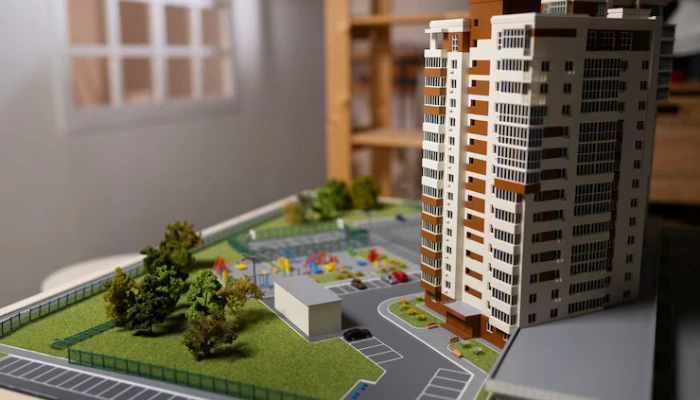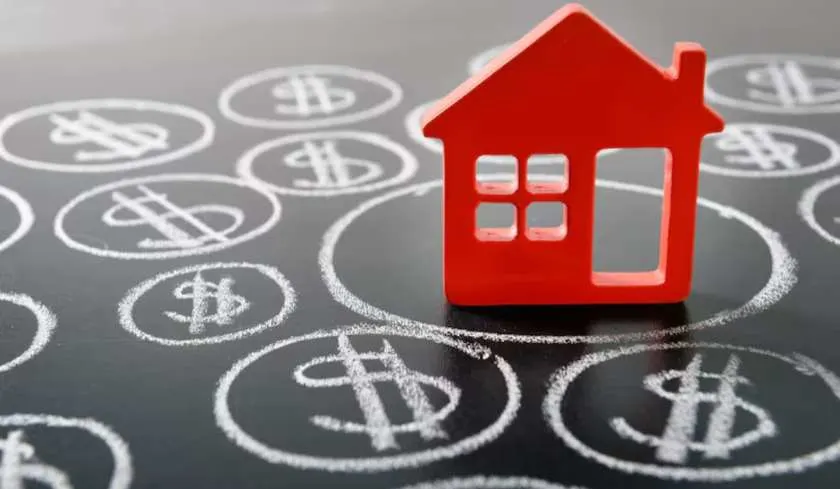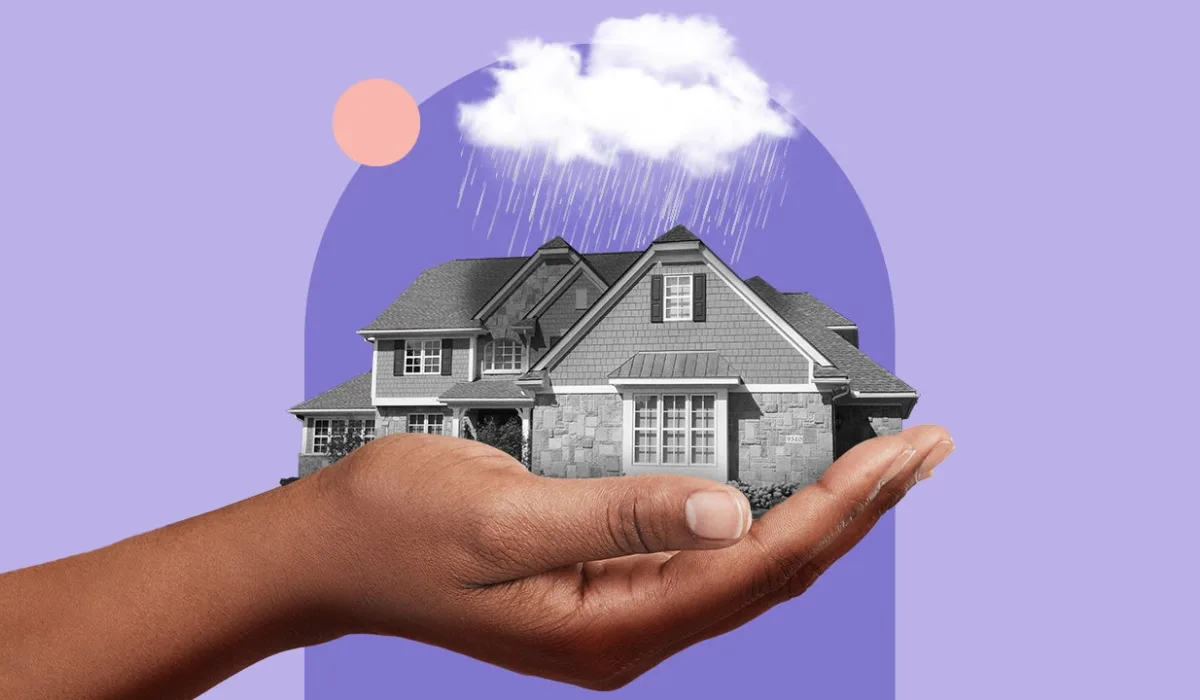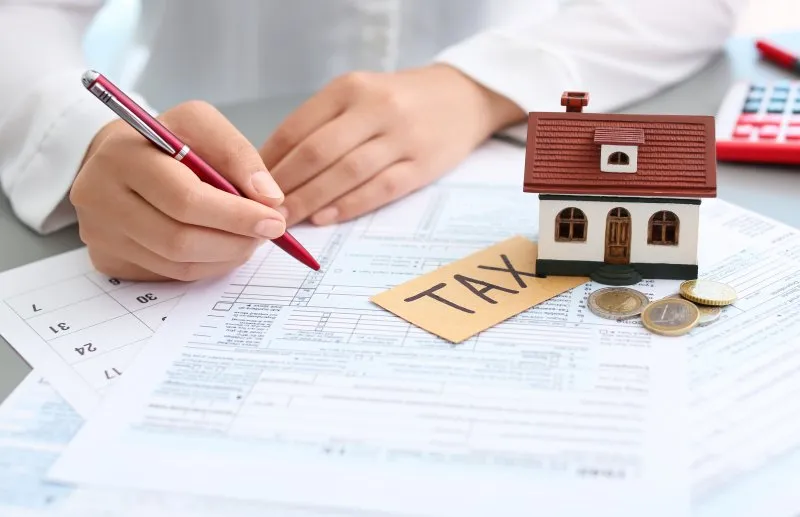In July, apartment rent collections decreased nominally. After an initial drop in April, rent collections have remained steady through the pandemic, with approximately 30% of renters unable to make rent payments. In July, payments fell again with 32% of renters unable to make payments, according to a survey from Apartment List. Compared to June, non-payment stayed the same at 19%, but partial payments increased from 11% to 13%.
“One theory is that more people are settling into arrangements with their landlords and lenders whereby they pay what they can even if it’s not a full payment,” Rob Warnock of Apartment List tells GlobeSt.com. “That said, a 2% month-over-month difference could also be chalked up to statistical noise. I don’t personally interpret that as a clear rising trend, necessarily.”
With such a small increase, Warnock says that he would consider the market stable. “I think May June and July together show a stabilization, which is not to gloss over the fact that rates are stabilizing at very worrisome levels,” he says.
However, this could also be a sign that renters are experiencing increasing rent burden and beginning to struggle to make payments, particularly considering that the extended unemployment benefits are expiring in July. “No doubt that some of the extra $600 are being used for housing payments, so yes I’m concerned that this problem will get worse in August and September, before it gets better,” says Warnock. “More people are going to be falling back on eviction bans to keep their housing, but as we know those bans are not in place universally. For many, the threat of eviction is going to become even more real than before.”
So far, lower income workers have been hit the hardest during the pandemic. As a result, lower-end housing has seen the lowest rent collection, but that could change and the recession worsens. “The data certainly indicates that both job losses and missed payments are correlated with income, concentrating a majority of the housing insecurity among lower-wage workers,” says Warnock. “But as consumer spending drops, the financial impacts do eventually make their way up the income distribution and affect high-wage jobs as well. The financial risk is not evenly distributed, but I think there are very few workers, even high-earners, who haven’t felt at least some concern about losing their jobs.”
While renters are struggling, homeowners are in a better position to weather the storm. “I think homeowners are in a more favorable position at the moment,” says Warnock. “I don’t think missed or late payments are as immediately threatening to homeowner housing security as they are for renters. Anecdotally, my sense is that banks are putting a lot of work into restructuring mortgages so that homeowners don’t default on them—for example, tacking missed payments onto the end of a mortgage. That type of arrangement doesn’t really work for renters, especially those who rent from non-institutional and mom-and-pop landlords who themselves have housing bills to cover.”















